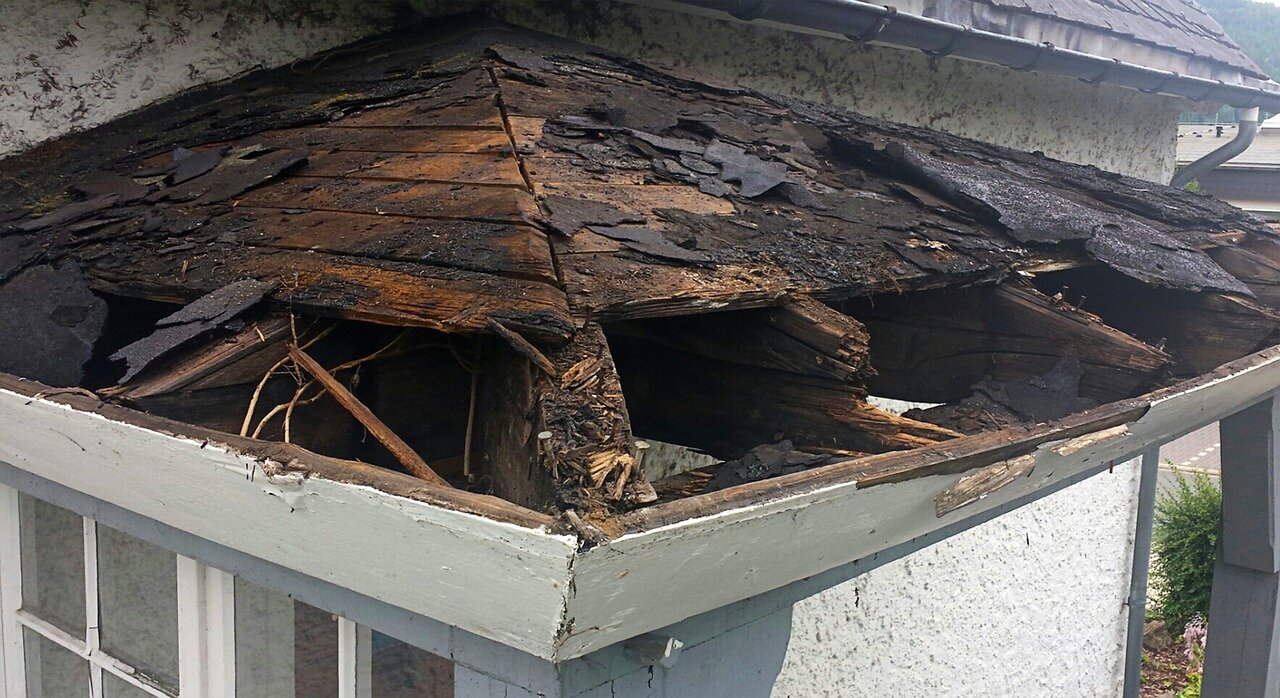If you want to buy or sell your home, but the repair costs are giving you pause, it might be time to negotiate a repair escrow, also known as an escrow agreement for repairs after closing. In some cases, the loan provider might even require this type of account as a condition for lending. Under the right circumstances, it can help a home sale to go much more smoothly and reduce the frustration of both the buyer and seller. But what is a repair escrow?
What Is a Repair Escrow?
In its simplest terms, a repair escrow is an account established to pay for any necessary repairs on a home after the closing date.
For example, let’s say that you need to sell your home, but the roof leaks. Nobody wants to buy a house with a leaky roof, and many lenders won’t even extend a loan for such a house. But you can’t afford to pay for the repairs out of pocket. A repair escrow would allow you to set aside the cost of repairs contingent on the sale of the house. The buyer could then use the money to repair the roof after the home is sold.
An appraiser would need to determine the full value of the home after the repairs. So if the home would be worth $250,000 with a sturdy roof, but your broken roof requires a $10,000 replacement, you and your buyer might agree on a $250,000 sale price with at least $10,000 of that money set aside in the repair escrow. Once the home closes, your buyer usually has a limited amount of time in which to complete the repairs. After the roof replacement is complete, the funds are released.
Who Is Responsible for a Repair Escrow
In most cases, the seller is responsible for the cost of the repair escrow (in terms of value lost on the home), and the buyer is responsible for carrying out the repairs. When the appraiser determines the full value of the home after repairs, the lender increases the loan by that amount (e.g. $10,000 for a new roof). But that added amount doesn’t go into the seller’s pocket. It’s used to finance the repair work.
A repair escrow requires a detailed written agreement between the buyer and seller before closing. The agreement lays out the nature of the repair, the estimated cost of the repair, the timeline in which the repair will be completed, and other pertinent details. This agreement is typically prepared by the title company.
Once the home closes, the buyer usually has 30 days to complete the repair work unless a different timeline is agreed upon. This is to ensure that the repair escrow is used for its intended purpose. The buyer can’t just hammer in a couple of new roof shingles and pocket the money.
When a Repair Escrow May Be Required
The purpose of a repair escrow is to make it easier to sell a home in disrepair.
- It may be initiated by the seller. For example, if you don’t have the time or money to bring the home up to code before moving, a repair escrow can be helpful.
- It may be initiated by the buyer. If you’re excited about a particular house, but the inspection report uncovers several thousand dollars’ worth of damage, you might negotiate a repair escrow with the seller.
- It may be initiated by the lender. For homes deemed hazardous or unlivable (e.g. a home with black mold), the lender might require a repair escrow for loan approval. A lender typically won’t extend a loan for a home that’s not up to code, so a repair escrow often serves as a compromise.
Note also that a lender won’t always approve the repair escrow. If the buyer wants to see repairs completed but the lender doesn’t deem the repairs essential, the loan may not be increased. If the buyer is already near the upper limit of the loan approval threshold, it’s especially likely that a lender will deny the repair escrow.
Benefits of a Repair Escrow
- A repair escrow relieves the seller of their responsibility. As a seller, you never have to worry about getting into disputes with the buyer about the cost, the scope of work, or even the color of the roof tiles. You’re allowing them to complete the job to their own satisfaction.
- A repair escrow offers financial protection to sellers. For example, let’s say that your buyer requests $5,000 worth of repairs following the home inspection. You agree to it and make the repairs, but then the buyer’s loan falls through or they decide to back out. You’re now at a loss. Because repair escrows are legally binding and the funds are released after closing, this agreement offers protection.
- A repair escrow makes the buyer’s dream home more accessible. Maybe you’re already asking the question, “Why not just lower the price of the house instead of setting up a repair escrow?” That is an option, but it’s not an ideal option if the home is in significant disrepair. If the seller reduces the home price from $250,000 to $240,000 to account for the cost of the repairs, the loan is only good for $240,000. That means the buyer has to come up with the $10,000 for repairs out of pocket. But with a repair escrow, the cost is covered.
Specialized Types of Repair Escrows
Though some repair escrows are handled by the title company, there are also government-backed and government-regulated repair escrows that may be required in certain instances.
FHA Repair Escrow
The Federal Housing Administration (FHA) has a repair escrow loan program for buyers who qualify. If you have been denied a loan because the home is in disrepair, you may qualify for an FHA 203(b) loan with repair escrow. The FHA imposes a $10,000 limit on repair escrows, and the repairs must be started within 90 days and completed within 1 year.
Only certain types of repairs qualify for an FHA escrow. Foundations, roofs, and structural issues are ineligible. Eligible repairs include those related to mold, HVAC systems, replacement doors, and electrical systems. If your repairs qualify for an FHA repair escrow, you can place up to 150% of the estimated repair cost into the account.
FHA Rehabilitation Mortgage Insurance
If you need more significant repairs, you might qualify for an FHA 203(k) loan, sometimes called an FHA rehab loan. You may qualify if you’re purchasing a HUD home that needs repairs costing more than $10,000 but less than $35,000.
Though this type of loan isn’t specifically referred to as a repair escrow, it serves the basic purpose. The cost of the home and the repairs are bundled into a single loan and provided by the Federal Housing Administration. The only difference is that this type of loan is intended for homes that are falling apart.
Conventional Loan With Repair Escrow
A conventional loan is a type of loan that’s backed by private lenders and not insured by the government. Because these loans aren’t protected, it’s much harder to get approved. You typically need exceptional credit and a lot of money in the bank.
Even though these loans aren’t typically government-protected, they are required to meet all Fannie Mae and Freddie Mac guidelines – including the guidelines related to repair escrows. For instance, repair escrows are typically required for all damaged properties and distressed sales. Contractor plans must be submitted prior to closing, and all repairs must be completed within 180 days of closing.
Should You Establish a Repair Escrow?
If you’re buying or selling a home in disrepair, there are many advantages to a repair escrow. It’s secure, it benefits both parties, and it ensures a smooth transition. However, you first have to make sure the title company and mortgage company allow it. Some companies strictly forbid them, so you want to make sure you know what you’re dealing with.
You also have to make sure that both parties are in agreement. If you’re the seller, you might assume that your buyer would welcome a repair escrow with open arms. But some buyers don’t want to deal with the headache of making repairs themselves. Talk it over and make sure everyone is on the same page. If all parties are in agreement, it can be a smart move.
Alternatives to Repair Escrows
If you’re trying to sell your home and a repair escrow isn’t in the cards (maybe because lenders aren’t allowing it or because buyers just aren’t biting), you do have additional options.
- You can try to finance the repairs yourself. This will increase the appraised value of your home and allow you to recoup the costs once the home sells, but it might not be realistic if you can’t afford the up-front cost.
- You can reduce the asking price. This will limit your buyer pool, but it may be an option if you can’t shoulder the repairs yourself.
- You can sell to a real estate investor. Real estate investors will buy a home as-is and make the repairs themselves. You don’t have to haggle, and you no longer have to worry about that leaky roof holding you back.
If you’d like to get rid of that home in disrepair, contact Get Fair Home Offers. We buy houses in Los Angeles for cash, and we can give you a competitive rate regardless of the condition your home is in. The process is quick and easy, and we can usually close in less than 2 weeks. You’re under no obligation to sell.
Contact us today, and see if a quick home sale is right for you.

